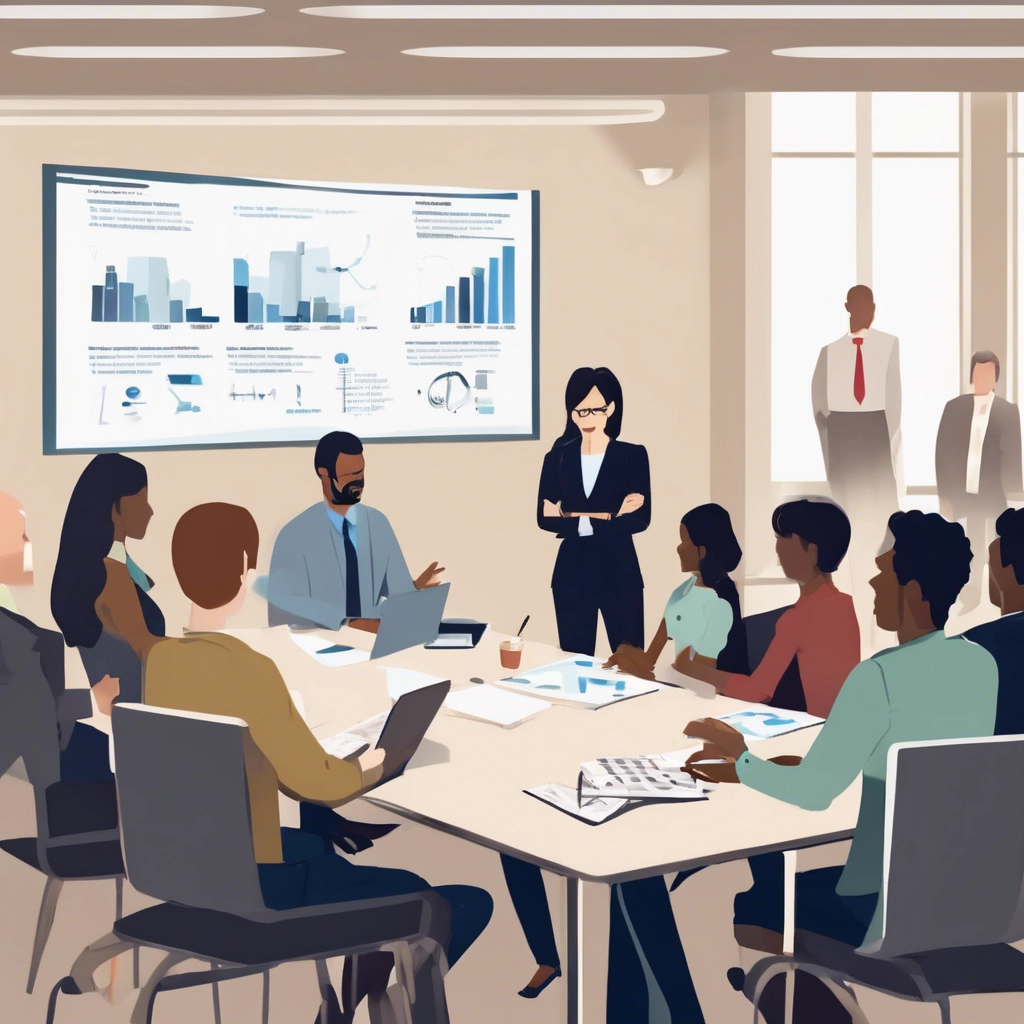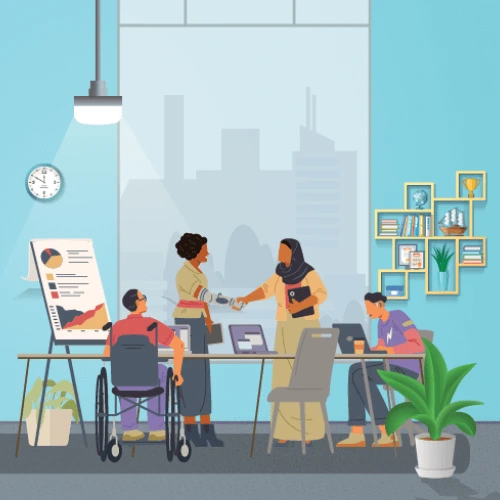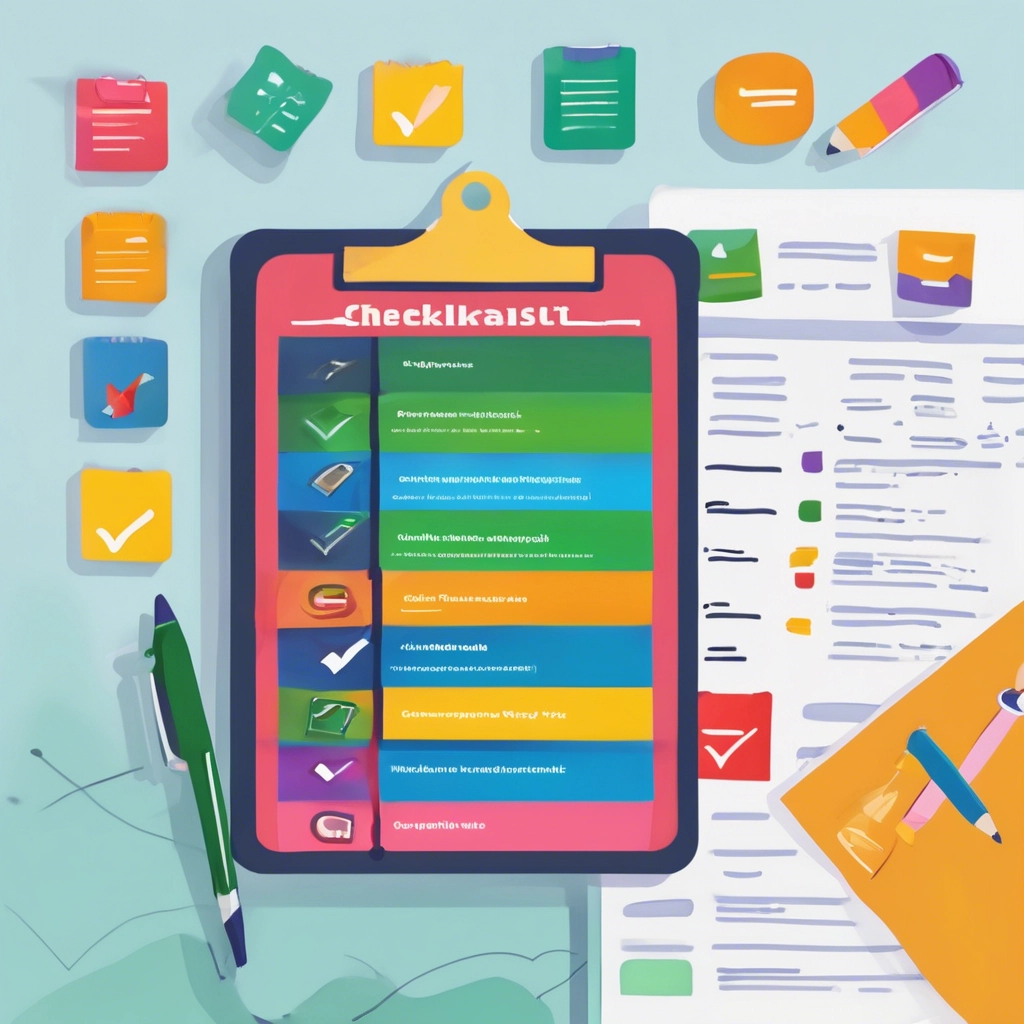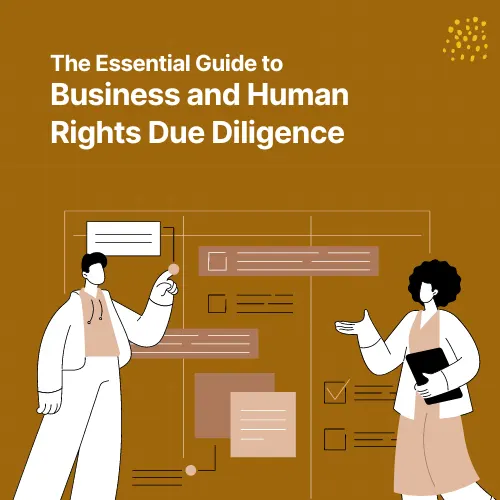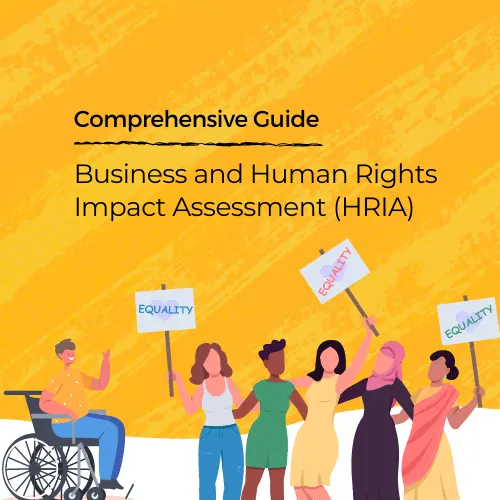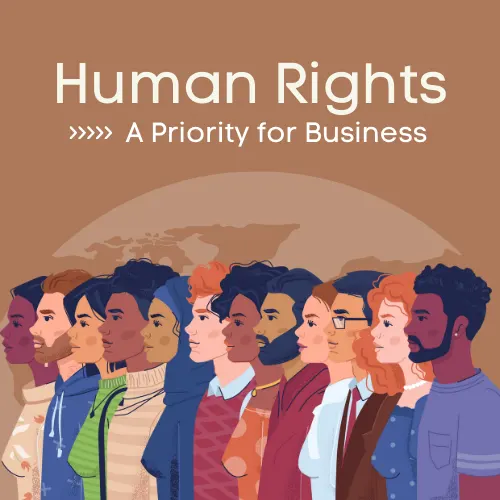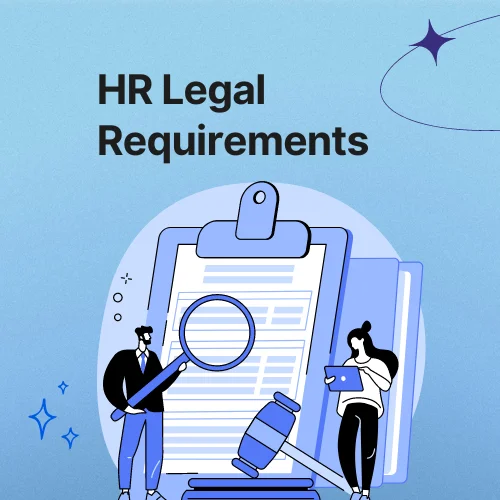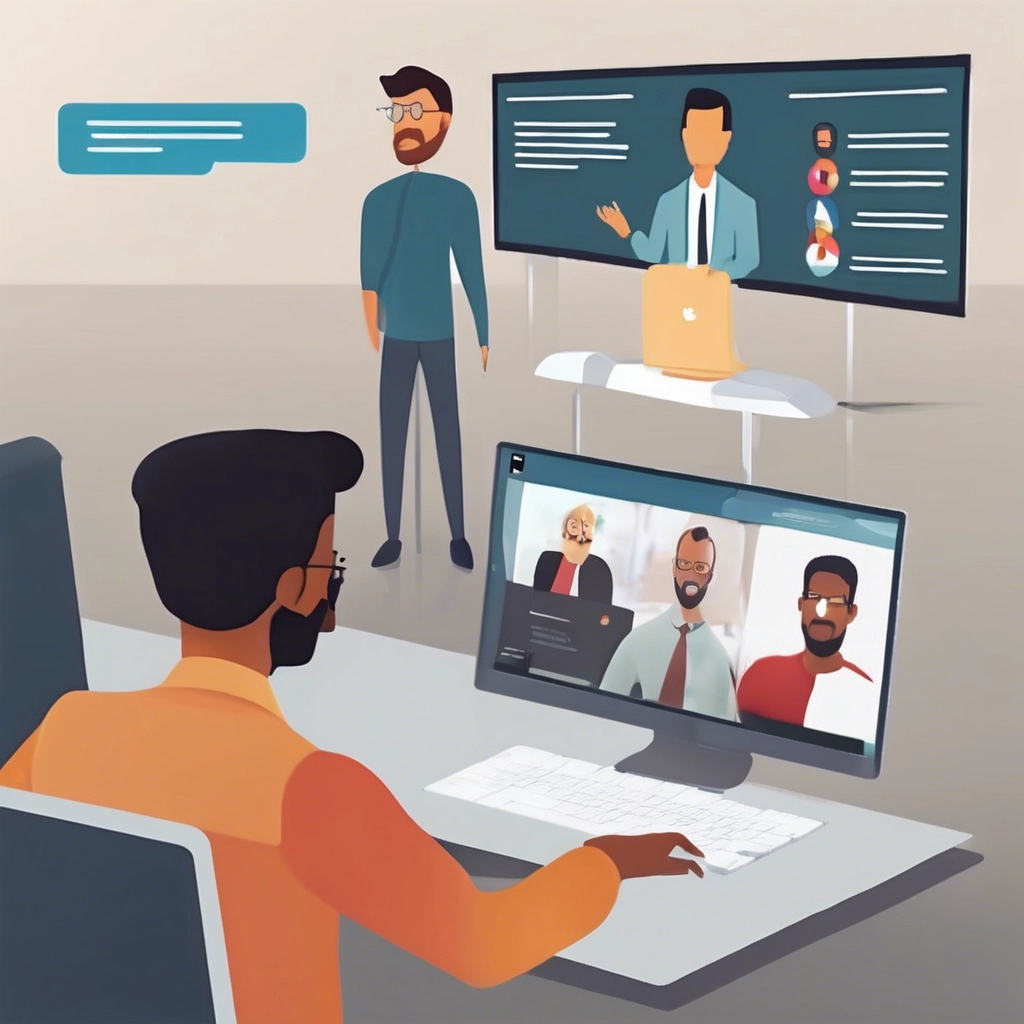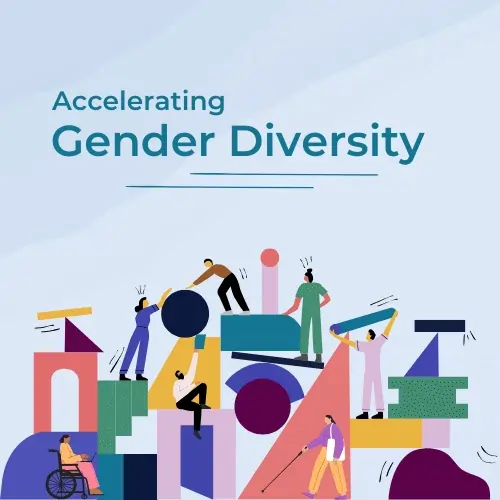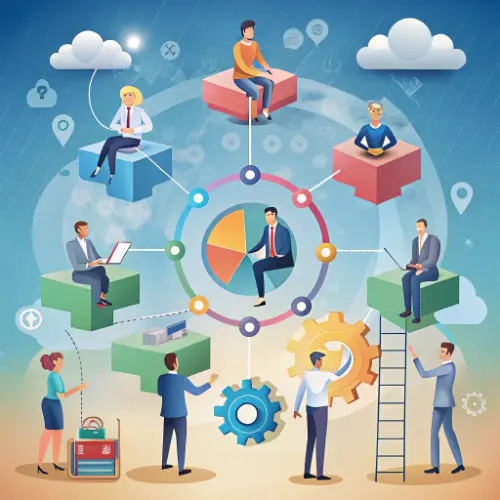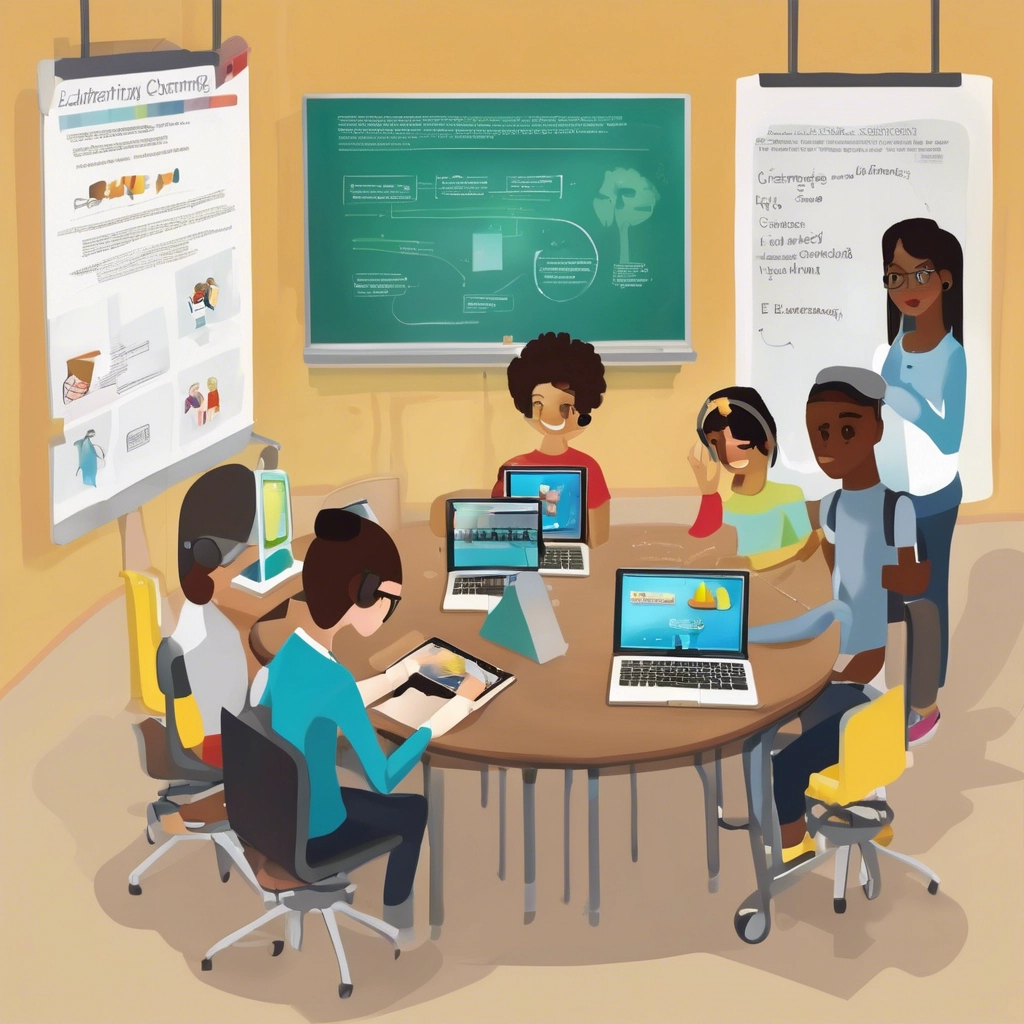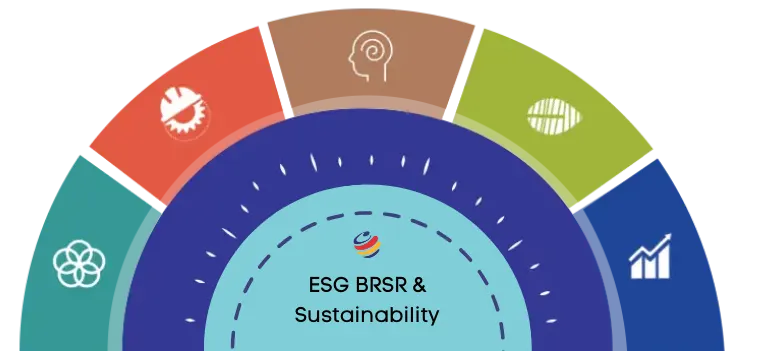
DEI training for employees is a powerful tool to build inclusive and safe work environments. In today’s workplaces, diversity, equity, and inclusion (DEI) are more than buzzwords. They represent a shift towards fairness, respect, and empathy.
Building a DEI culture isn’t just the right thing to do; it helps a business succeed. Companies that value diversity and inclusion see happier workers, more new ideas, and better choices.
What you will find here
Understanding DEI training for employees in the modern workplace
In today’s workplaces, diversity, equity, and inclusion (DEI) are more than buzzwords. They represent a shift towards fairness, respect, and empathy. At the heart of this shift lies DEI training for employees – a powerful tool to build inclusive and safe work environments.
From addressing unconscious bias to fostering allyship, DEI trainings for employees help bridge gaps, enhance understanding, and ultimately create a better culture for everyone. However, for these trainings to be truly impactful, they must be designed strategically and delivered meaningfully.
In this blog, we explore the importance of DEI training, the types of training available, and how to measure their success.
Ready to take the first step? Explore Consultivo’s DEI Training solutions designed to drive real change.

Ready to take the first step?
Why diversity, equity and inclusion training matters
Empowering individuals, strengthening organisations
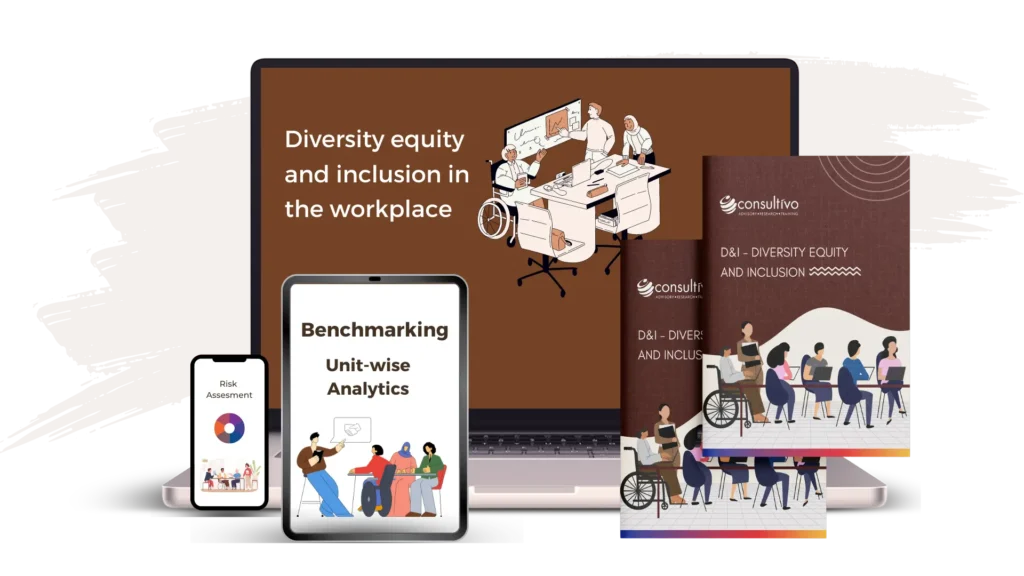
What does DEI training include?
A closer look at the topics covered
Effective DEI training for employees includes multiple layers of education and awareness. Here are key topics:
- Understanding diversity: Dimensions of identity — gender, ethnicity, age, disability, etc.
- Equity vs equality: Addressing different needs to ensure fair outcomes.
- Creating inclusive workplaces: Ensuring every employee feels welcomed and respected.
- Unconscious bias: Recognising hidden biases in hiring and daily decisions.
- Inclusive communication: Using respectful and neutral language.
- Allyship: Empowering dominant groups to advocate for marginalised peers.
- Cultural competence: Navigating cross-cultural interactions with empathy.
- Anti-oppression: Challenging systemic racism, sexism, and other forms of discrimination.
- Accessibility & accommodation: Making the workplace inclusive for all abilities.
Did you know? There is an ISO standard for DEI: ISO 30415:2021

Need help tailoring your approach?
Get in touch with our experienced diversity consultants for a strategic DEI roadmap.
Types of DEI trainings for employees
One size doesn’t fit all
Not every company requires the same approach. Consultivo recommends different types of diversity and inclusion training based on specific needs:
1. Unconscious bias training
Reveals how subtle prejudices influence decisions and interactions. Helps employees recognise and reduce these biases.
2. Cultural sensitivity training
Helps dominant cultural groups understand and engage respectfully with underrepresented identities.
3. Inclusive management training
Equips managers with tools to lead diverse teams fairly and recognise biased systems.
4. Accommodation & accessibility training
Empowers teams to support colleagues with different needs and remove structural barriers.
5. Common ground training
Builds trust by identifying shared values and goals within diverse teams.
6. Facilitated conversations
Provides safe spaces for dialogue, feedback, and listening to diverse employee voices.
7. Community engagement training
Extends inclusion beyond the workplace, focusing on DEI in social responsibility and outreach.
8. Anti-oppression training
Advances awareness of systemic barriers and promotes collaborative allyship.
Who should attend DEI training?
It’s everyone’s job
DEI training for employees is not limited to HR or leadership teams. It should be company-wide. That said, managers and decision-makers must take the lead.
Senior leaders and team heads shape culture through behaviour and policy. Their participation in diversity & inclusion training sends a clear message: DEI is a priority.
When everyone is involved, it fosters a shared responsibility toward inclusion.
Measuring the impact of DEI training
What gets measured, gets improved
- Leadership representation: Is your leadership as diverse as your workforce?
- Employee retention: Are employees staying and growing?
- Feedback & engagement: How are DEI programmes being received?
- Behavioural change: Are biases being reduced? Is empathy increasing?
Gather anonymous employee feedback regularly and combine it with metrics to adjust your approach.
Where DEI training often falls short
Beyond the workshop
- Mentorship programmes
- Inclusive policies
- Bias-free recruitment processes
- Continuous learning modules
These ensure training diversity and inclusion becomes a living part of your culture.
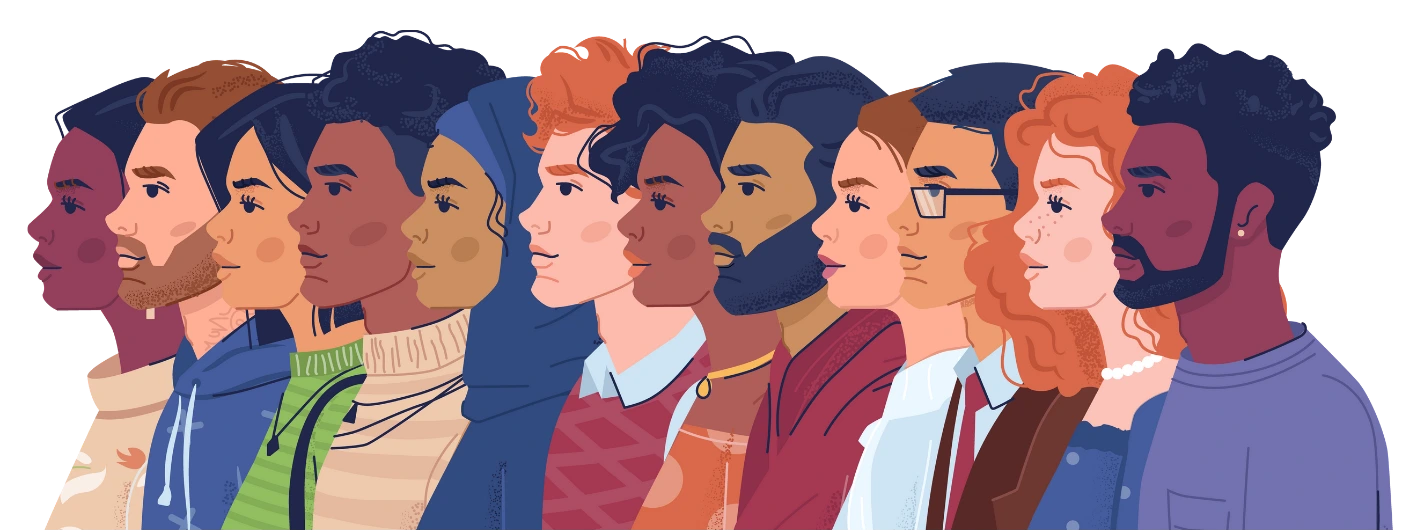
Final takeaways
- DEI training for employees is essential for building inclusive, empathetic workplaces.
- It should be tailored, ongoing, and integrated with company-wide initiatives.
- Measurement and leadership involvement are critical to success.
If you’re serious about diversity and inclusion in the workplace, training is a great place to start. But don’t stop there. Combine it with strategy, policy, and purpose.
Looking to take your DEI efforts to the next level? Our DEI consultants can help you develop impactful solutions through training, assessments, and strategic guidance.
Ready to build a more inclusive future?

Let's discuss
Share this post
About the author
Director – Sustainable Solutions at Consultivo
Madhabi Guha specialises in the domains of ESG, Social Compliance, Business and Human Rights, Development Projects and focuses on supporting go-to-market teams along with customer and partner relationships. She has been working in the sustainability & business excellence advisory business for over 14 years.
Madhabi has been developing individuals, teams, and organisations in the areas of leadership, excellence and Human Factors in the field of sustainability, people and community.
Related insights
View more in Impact Stories | Blogs | Knowledge Bank | News and Events




